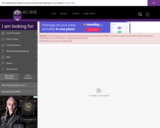
In a series of practice problems, learners use the addition or subtraction method to solve systems of linear equations, also called "simultaneous linear equations."
- Subject:
- Algebra
- Geometry
- Mathematics
- Date Added:
- 10/15/2010

In a series of practice problems, learners use the addition or subtraction method to solve systems of linear equations, also called "simultaneous linear equations."
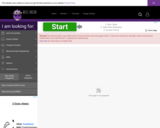
In a series of practice problems, learners use the substitution method to solve systems of linear equations, also called "simultaneous linear equations."

Learners follow a step-by-step process to solve trade discount problems. A short quiz completes the activity.

In this activity "The Mathemagician" takes turns with the learner writing numbers on a chalkboard. The first response will "magically" be the sum of all of the numbers, including those not yet written. The learner is asked to try to figure out the trick before looking at the explanation.
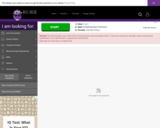
In this animated and interactive object, learners examine the definitions and formulas for radius, diameter, circumference, and area. Students also solve practice problems involving the circumference and area of a circle.
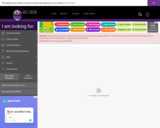
Learners study the properties of a cube and use geometric formulas to find volume and surface area.
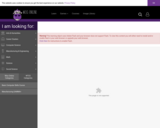
Learners tackle this interactive learning object after studying the mathematics of buying. This activity ties together the ideas of net cost, list price, trade discounts, cash discounts, net cost equivalent, and single discount equivalent, as well as the concepts of part, base, and rate.
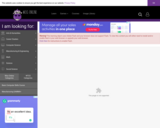
In this animated activity, learners read the definition of a parallelogram and then find the perimeter and area of parallelograms in practice problems.
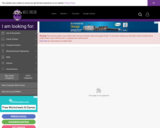
In this animated activity, learners read about the properties of a rectangle and its components. They then work practice problems to find the perimeter and area of rectangles.
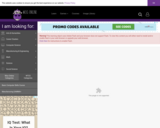
Learners study the properties of a rectangular solid and use geometric formulas to find volume and surface area.
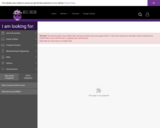
Learners study the properties of a right circular cone and use geometric formulas to find volume and surface area.
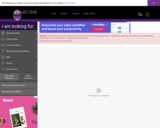
Learners study the properties of a right circular cylinder and use geometric formulas to find volume and surface area.
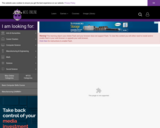
Learners study the properties of a sphere and use geometric formulas to find volume and surface area.
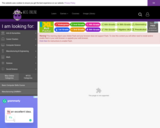
In this animated activity, learners read about the properties of a square and its components. They then work practice problems to find the perimeter and area of squares.
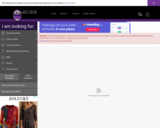
In this interactive object, learners study the properties of a trapezoid and use a geometric formula to find its perimeter and area.
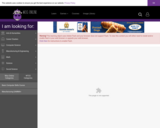
Learners examine the properties of a triangle and work practice problems to find a triangle's perimeter and area.